3 tips to build a winning LinkedIn strategy with Caleb Avery
Caleb Avery, CEO and Founder of Tilled, says that as of today, 50% of his company’s leads are generated organically through social media. And what’s more, his personal LinkedIn page is Tilled’s top lead generation source to-date (!).
Caleb founded the self-labeled Payfac-as-a-Service after spending years in the payments space. He sold payment processing services door-to-door to SMBs, later founded a credit card processing ISO, and consulted with larger software platforms on payments.
All these experiences taught him that businesses were trying to monetize their payments, and the options available weren’t great. So he created a new one: Tilled. And he needed to get the word out about his new company.
The results he gets from LinkedIn are phenomenal - but it didn’t start out that way. Like many of us, he had humble beginnings. No social media activity. A LinkedIn profile that he never used. You get the gist.
So what’s his advice on building a winning LinkedIn strategy?
Start small. Post regularly as an exercise to get yourself comfortable.
When the lockdown started in 2020, Caleb had around 500 connections on LinkedIn.
“Initially, I was just sharing other people’s articles,” he said. “I’d see a relevant payments industry article and post it with my thoughts on the topic.”
He wasn’t really sharing his journey yet, but there was still a benefit: he started getting used to posting online.
“As I got more comfortable, I started sharing what we were building at Tilled,” he said.
That’s really when he began to see more interest in Tilled from the LinkedIn community as a whole. When he shared the launch announcement for Tilled, including what the product does, the post went viral and got 40,000 views - and 40 inbound customer inquiries. And here’s that viral post:
It’s not necessary to create mind-blowing content to get started. Start by sharing an article you found interesting, something you learned, or some news about your company. Flex the muscle to help it get stronger.
Know your strengths and weaknesses. Try a ghostwriter if you need one.
As Caleb’s LinkedIn posts shifted from sharing others’ content to telling his own story about Tilled, he realized how much impact the story could have. At the same time, he’s the founder of a small startup with a million different things to do.
Instead of trying to write all the posts himself, he decided to bring in outside help.
“I had a ghostwriter that would interview me for maybe 30 minutes a week,” Caleb said. “We would pick a blog topic, do the interview, and she’d write a blog post. I’d share it on LinkedIn, and she’d turn it into some smaller pieces of content that I could share throughout the week.”
It was roughly 2-2 ½ hours per week - not a huge time commitment. And having the support of a ghostwriter was the key to getting it done.
“I’m fairly confident if I was left to do this on my own, there’s no way I would have been posting consistently - and with such high quality,” said Caleb.
It gave him back precious time to run the business and created a massive ROI for Tilled.
Be consistent, but also be realistic. It will help you stay motivated.
If you’ve read any self-help books in the last 10 years (especially Atomic Habits), you know that consistency is critical to long-term gains. Caleb echoes that sentiment.
That massive ROI from his LinkedIn posting comes from the diligence and consistency of his approach.
He makes a good point, but there’s something else to consider: being realistic.
“Don’t set an unrealistic expectation that you have to post 7 days per week, or two times per day, or write one blog post every week,” he said. “The reality is, as a startup founder, that’s not going to happen.”
So how did he motivate himself without too much pressure? He decided to just post as much as he could.
“By setting that realistic standard and building up my confidence, it started to encourage me to do more,” Caleb said. “You can get discouraged by not hitting unrealistic targets.”
What’s really critical is to do what you can and see momentum building - which takes time.
“It was about 9 months before we really started to see results,” he said. “So you’ve got to be committed to LinkedIn as a long-term strategy.”
Want to hear the full story?
Listen to Caleb’s full podcast interview, LinkedIn for Business Growth with Caleb Avery, on Scrappy Fintech Marketing.
